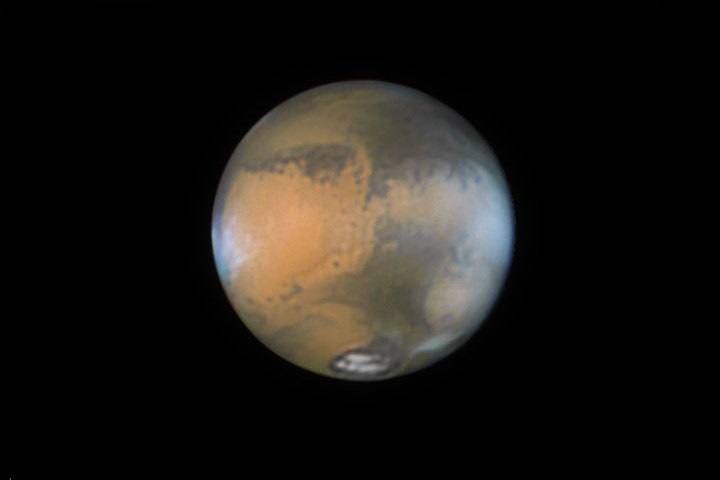If NASA follows through on a new plan, we could see some greenery on the Red Planet.

The NASA Innovative Advanced Concepts (NIAC) program is funding the work of Eugene Boland, the chief scientist at Technshot Inc. Of Greenville, Indiana, with the goal of creating sustainable life on Mars.

The plan includes merging biology and engineering to remove nitrogen from the Martian soil, and scan for both oxygen and water in order to create a more livable atmosphere on the Red Planet.
Using NASA’s ‘Mars room,’ a test chamber to simulate the Martian atmosphere including its temperature and solar radiation, Bolan and his team have been testing the viability of their experiment for its potential application as a way to make Mars more livable.
The plan aims to create an ecosystem able to support life by bringing some of Earth’s extremophile bacteria (organisms that thrive in extreme environments) over there to help the cause.
Cyanobacteria are one option due to their ability to convert the hefty supply of nitrogen on the planet while simultaneously producing oxygen through photosynthesis.
In theory, the extremophile organisms would be placed in sealed, sensor-laden containers which would be planted a few inches deep into the regolith, or Martian soil. While the bacteria potentially work towards altering the gases of Mars, the containers themselves would be scanning for oxygen and water while transmitting the data back to Earth via satellite.



Comments